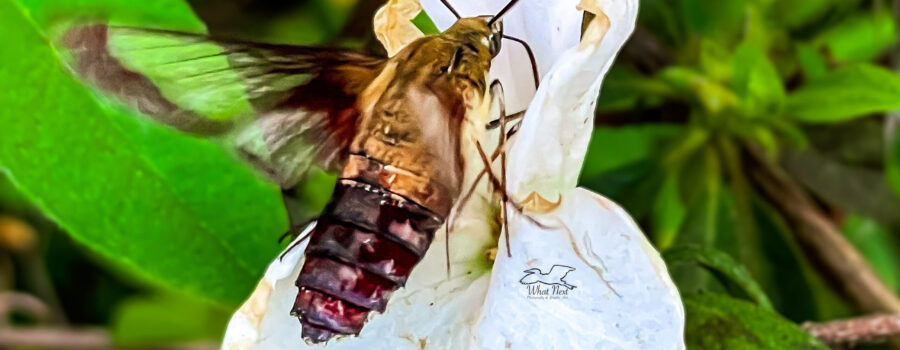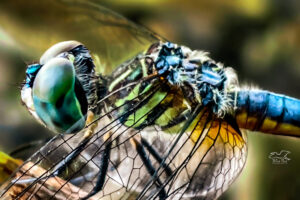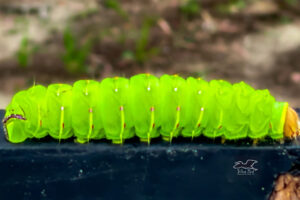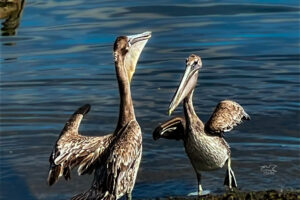The Hummingbird Clearwing Moth is an Extremely Interesting Insect

Earlier this week I stopped by my favorite bank of azalea bushes in search of blueberry bees. I was surprised to see how quickly most of the flowers had gone by. Azaleas aren’t long lived flowers anyhow, but I think our dry weather made them go by even faster than usual. Since the flowers weren’t in the greatest shape, I had no luck spotting any bees at all, but I did have a brief encounter with a really cool hummingbird clearwing moth (Hemaris thysbe). They’re also sometimes called hummingbird clearwing sphinx moths, hummingbird clearwings or simply hummingbird moths.

This particular moth buzzed in while I was looking for bees and flitted around between flowers for a couple of minutes before heading off again. This is typical behavior for these beautiful and unusual day flying moths. Often they just hover over a flower, feeding for only a few seconds, and then fly onto the next one. Their reddish brown bordered wings with clear centers can beat at up to seventy beats per second allowing them to hover as adeptly as most hummingbirds. They are members of the sphinx moth family (Sphingidae) which includes hawk moths, sphinx moths, and of course, hummingbird moths, of which there are five species in North America. The most common type here in the eastern United States and Canada is the hummingbird clearwing. They can be found in a large variety of habitats including meadows, pastures, woods edges, clearings, gardens, parks, and even residential neighborhoods.

Here in Florida these interesting little moths can usually be found on the wing between March and September and produce two to three generations. Further north their flying time is greatly reduced and they may only produce a single generation. After mating a female moth lays her eggs singly on the undersides of suitable host plants, especially members of the rose family. The eggs hatch within 7-14 days releasing a yellowish green caterpillar with a well developed horn on the hind end (often called hornworms). The caterpillars feed on the leaves of the host plant until time to pupate. That is done in a thin walled cocoon hidden in the leaf litter, where they will overwinter if appropriate. Adult hummingbird clearwings will feed on the nectar of a great many types of flowers including azaleas, honeysuckles, milkweeds, blazing stars, and bee balms. They prefer long necked flowers and reach the nectar by extending their long proboscis into the center of the flowers. Occasionally, they will actually perch and crawl down into a flower, giving one the chance to see their beautifully marked, mostly clear wings.

Even though my time with this little moth was very short, it was thoroughly enjoyable watching it move from flower to flower. I was lucky enough to have my camera out and ready when it came along or I would have missed getting to photograph it at all (I still would have enjoyed getting to watch it, though). With their hovering behavior and the buzzing sound that their rapid wing beats cause, I can easily see how they can be mistaken for hummingbirds.





Recent Comments